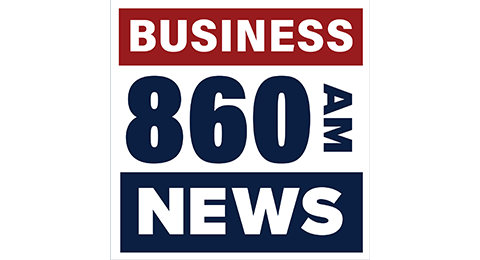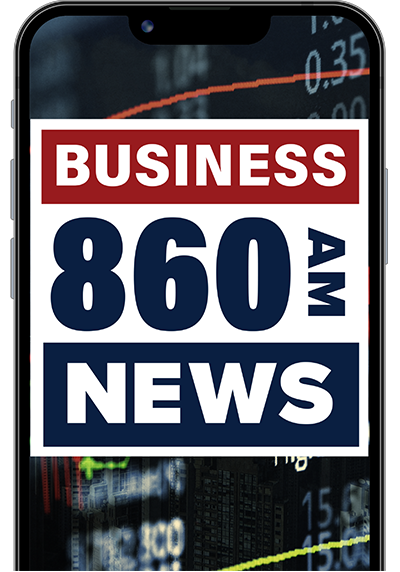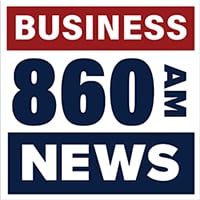WASHINGTON — Borrowers eager for the Federal Reserve to abandon high interest rates could not have scripted a better four-word declaration than the one on Friday from Fed Chair Jerome Powell: "The time has come."
Powell indicated that the Fed would soon bring interest rates down from a 23-year high. The shift could lower borrowing costs for everything from credit cards to auto loans to mortgages.
The pace and scale of rate cuts remains unknown, however. A cautious approach could leave borrowers saddled with high costs for the next several years while an aggressive reset could ease loan rates substantially within months.
"The question now is how far and how fast should the Fed cut rates?" Mark Zandi, chief economist at Moody's Analytics, said in a post on X on Sunday.
The chances of an interest rate cut at the Fed's next meeting in September are all but certain, according to the CME FedWatch Tool, a measure of market sentiment.
Market observers are divided over whether the Fed will impose its typical cut of a quarter of a percentage point or opt for a larger half-point cut. The tool indicates a roughly 60% chance of a quarter-point cut and a 40% chance of a half-point cut.
Over the remainder of the year, the most likely scenario is a quarter-point rate cut at each of the Fed's three scheduled meetings in September, November and December, the CME FedWatch Tool shows.
The Fed is guided by a dual mandate to keep inflation under control and maximize employment. In theory, low interest rates help stimulate economic activity and boost employment; high interest rates slow economic performance and ease inflation.
In recent months, the labor market has slowed alongside cooling inflation. That trend was highlighted last month by a weaker-than-expected jobs report that raised concern among some economists that the U.S. may be headed toward a recession.
Recent trends have shifted the Fed's focus away from controlling inflation and toward ensuring a healthy labor market, Powell said Friday.
"A cooldown in the labor market is unmistakable," Powell said, adding that he would let economic performance dictate the course of rate cuts.
"The direction of travel is clear, and the timing and pace of rate cuts will depend on incoming data, the evolving outlook and the balance of risks," Powell said.
Gregory Daco, chief economist at accounting firm EY, said in a statement to ABC News that he expects a quarter-point rate cut at each of the Fed's next three meetings in an effort to soften the ongoing economic slowdown. However, worries about an imminent recession are overstated, Daco added.
The Fed aims to "buffer the economic downshift," Daco said.
Deutsche Bank, which also projects three quarter-point rate cuts before the end of the year, said in a note to clients on Friday that a weak jobs report early in September could push the Fed to opt for a larger half-point cut at its meeting later that month.
"The softer-than-expected July jobs report and recent bouts of market volatility have shifted risks towards the Fed cutting more aggressively upfront," Deutsche Bank said.
Analysts differ widely over the course of interest rate cuts in the next year or two. Zandi said the Fed should bring interest rates down significantly from the current target rate of between 5.25% and 5.5%. By the end of next year, interest rates should stand at 3%, he added.
By contrast, former Treasury Secretary Larry Summers cautioned against an aggressive approach to interest rate cuts. "We need to be rather more cautious about the medium term outlook for monetary policy," Summers said in a post on X on Saturday.
Still, Summers added, the need for some rate cutting is beyond question.
"Inflation is coming down. The economy is slowing. On current facts, absolutely the next move should be towards monetary policy easing," Summers said.
Copyright © 2024, ABC Audio. All rights reserved.






